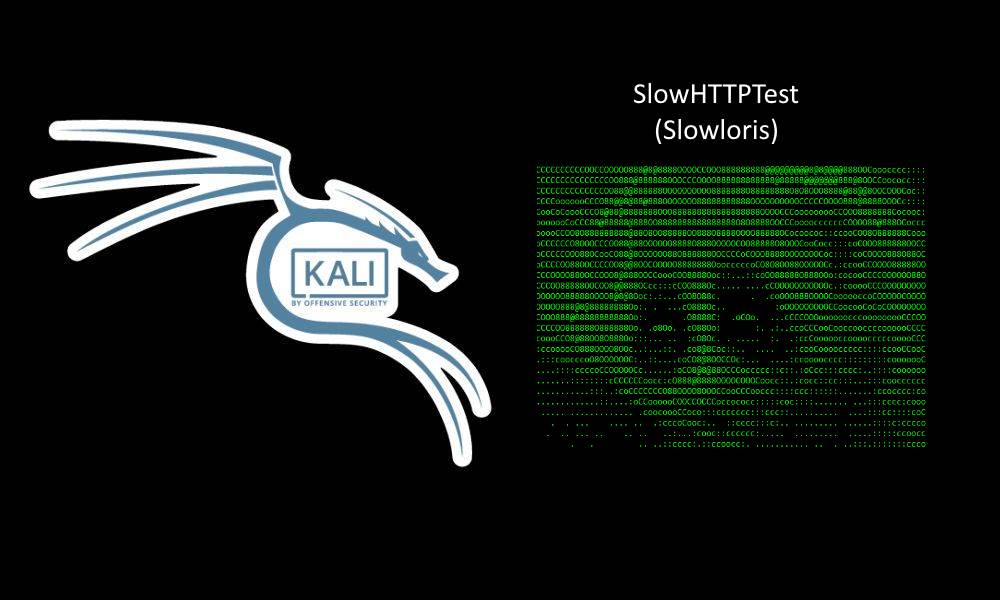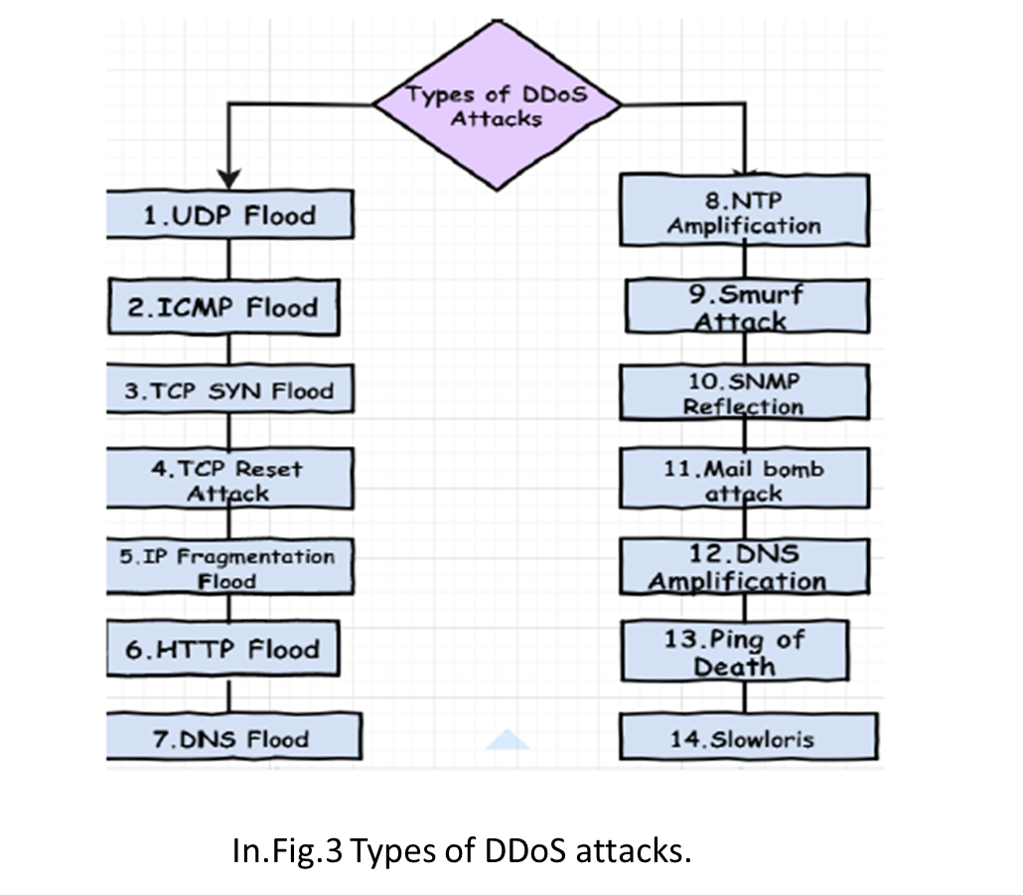
The load balancer can be configured to respond to the client in a number of ways, such as sending a HTTP 302 Redirect, or selecting an appropriate Web server to handle the HTTP Request based upon something identifiable in the HTTP Request header like a cookie, URL or User-Agent.ĭelayed binding typically causes the load balancer to perform an HTTP Request header completeness check, which means that the HTTP Request will not be sent to the appropriate Web server until the final two carriage return and line feeds are sent by the HTTP client.

After this handshake has been completed, the client will send in the HTTP request header, which the load balancer can inspect to determine what action to perform on the HTTP request. the hardware load balancer) configured in front of the Web server(s). This feature allows the load balancer to allow a TCP three-way handshake between the client and the virtual IP address (a.k.a. Many hardware load balancers, including F5 Big-IP, Cisco CSS, Cisco ACE and Citrix NetScaler have a feature generically known as delayed binding, or TCP Splicing. However, many load balancers can be configured to protect your infrastructure against Slowloris. Slowloris can traverse hardware load balancers even if they are properly configured.
DESCRIBE SLOWLORIS ATTACK PLUS
While similar denials of service have been documented in security publications, RSnake has provided a "weaponized" ready-to-use version of this denial of service that is trivial to use.Ĭombine these two facts together, plus throw in the fact that Apache is vulnerable against Slowloris, and script kiddies now have an easy way to take down a large portion of the Internet.Īs we mentioned earlier, conventional wisdom is that if your infrastructure is behind a hardware load balancer, then you are not vulnerable to Slowloris. The second issue that makes Slowloris different is that it is an easy-to-use perl script. This means that Slowloris is capable of being effective even when standard enterprise-grade IPS and IDS systems are in place. Because of this, existing IPS and IDS solutions that rely on signatures to detect attacks will generally not recognize Slowloris.

Slowloris is different from typical denials of service in that Slowloris traffic utilizes legitimate HTTP traffic, and does not rely on using special "bad" HTTP requests that exploit bugs in specific HTTP servers. Networks that utilize hardware load balancers and alternative Web servers may still be vulnerable to Slowloris.īefore we review Slowloris mitigations, let's review what makes Slowloris different from other denials of service. In addition, other supposedly non-vulnerable HTTP servers and proxies can be affected by this denial of service using non-default Slowloris settings. In particular, it's important to note that hardware load balancers typically do not protect against this denial of service without additional configuration, which we detail below. One of the primary goals of this document is to dispel some of these myths and provide reliable information on properly mitigating against Slowloris and other similar denials of service. It's important to note that, based on our testing, much of the conventional wisdom about supposedly non-vulnerable configurations is misleading at best. There has been much discussion on the Internet relating to what HTTP servers, HTTP proxies, and network configurations are not affected by Slowloris.

It operates by repeatedly initiating several hundred valid HTTP requests to the server, and keeping these connections open using a minimal amount of TCP traffic, in order to consume server resources. Slowloris is the name of a perl-based HTTP client that can be used as a denial of service against Apache-based HTTP servers and the squid caching proxy server.

Get an awesome Funtoo container and support Funtoo! See Funtoo Containers for more information.


 0 kommentar(er)
0 kommentar(er)
